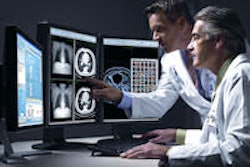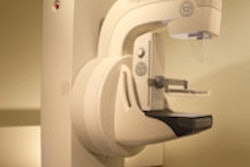Monday, November 30 | 11:30 a.m-11:40 a.m. | SSC07-07 | Room S102D
One of the biggest knocks against international teleradiology has been a belief that radiologists located onsite or within the community are better positioned to adequately communicate critical emergency findings to referring physicians, compared to teleradiologists who aren't based in the U.S. That theory will be addressed in a presentation by Dr. Stephen Eigles of international teleradiology firm Teleradiology Solutions.Eigles will present research on Monday from the Bangalore, India-based firm's emergency teleradiology service, in which all studies with critical or life-threatening findings trigger direct radiologist-physician communication. Noncritical positive results are also phoned in by an operator, as are some negative results in certain specific situations, according to the authors.
Over a three-month period, 39,708 radiologic examinations were interpreted from multiple emergency rooms via teleradiology. Of these, 2,412 (6%) resulted in significant findings and led to telephone communication with the emergency room physician.
Major critical findings were found in 576 (24%) cases, which also led to direct radiologist-physician communication. Noncritical findings were seen in 1,426 (59%) cases, and there were 410 negative results (17%) that triggered a call by an operator, according to the study team.
"Our statistics, compared with other published statistics [for onsite radiologists], showed that communication does not in fact suffer [due to international teleradiology]," Eigles told AuntMinnie.com. "The geographic distance does not negatively affect either the frequency or timeliness of communicating emergent findings, nor does the offsite nature of the read negatively affect things."
In fact, Eigles believes that Teleradiology Solutions' ability to keep records of results communication offers an improvement over traditional methods that may not include that capability.
"It's not only a medicolegal issue, it's a quality-of-care issue," Eigles said. "Other physicians will be able to see that record and know that results have been communicated."




















